
Copernical Team
Millennium Space Systems completes CDR for Missile Track Custody Space Vehicle
 Millennium Space Systems, a subsidiary of aerospace giant Boeing [NYSE: BA], has reached a significant milestone in the development of the Missile Track Custody (MTC) space vehicle with the successful completion of the Critical Design Review (CDR), a crucial phase in the project, less than a year after receiving the green light to proceed.
The MTC project is a cornerstone of the United Sta
Millennium Space Systems, a subsidiary of aerospace giant Boeing [NYSE: BA], has reached a significant milestone in the development of the Missile Track Custody (MTC) space vehicle with the successful completion of the Critical Design Review (CDR), a crucial phase in the project, less than a year after receiving the green light to proceed.
The MTC project is a cornerstone of the United Sta Archimedes Platform Successfully Tested by Above: Space and Electric Sky
 In a significant advancement for space technology, Above: Space Development, in collaboration with Electric Sky, has successfully tested the Archimedes platform, a novel, rapidly deployable, free-flying on-orbit system. This platform marks a new era in space infrastructure, encompassing a wide range of functions including solar panels, beamed power, and electronically steerable antenna arrays fo
In a significant advancement for space technology, Above: Space Development, in collaboration with Electric Sky, has successfully tested the Archimedes platform, a novel, rapidly deployable, free-flying on-orbit system. This platform marks a new era in space infrastructure, encompassing a wide range of functions including solar panels, beamed power, and electronically steerable antenna arrays fo Lockheed Martin aims for rapid on-orbit operations with Electronically Steerable Antenna
 Lockheed Martin (NYSE: LMT), a renowned leader in the aerospace and defense sector, recently announced a significant step forward in space technology with the upcoming launch of a wideband Electronically Steerable Antenna (ESA) payload demonstrator. This initiative is a testament to Lockheed Martin's dedication to enhancing space capabilities for quick operational readiness once in orbit.
Lockheed Martin (NYSE: LMT), a renowned leader in the aerospace and defense sector, recently announced a significant step forward in space technology with the upcoming launch of a wideband Electronically Steerable Antenna (ESA) payload demonstrator. This initiative is a testament to Lockheed Martin's dedication to enhancing space capabilities for quick operational readiness once in orbit. A prominent protostar in Perseus
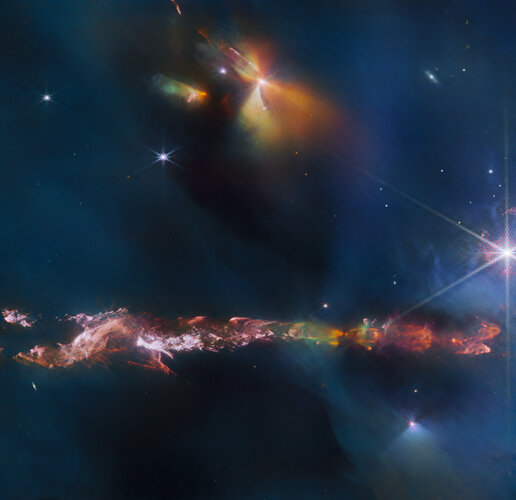 Image:
Image:
This new Picture of the Month from the NASA/ESA/CSA James Webb Space Telescope reveals intricate details of the Herbig Haro object 797 (HH 797). Herbig-Haro objects are luminous regions surrounding newborn stars (known as protostars), and are formed when stellar winds or jets of gas spewing from these newborn stars form shockwaves colliding with nearby gas and dust at high speeds. HH 797, which dominates the lower half of this image, is located close to the young open star cluster IC 348, which is located near the eastern edge of the Perseus dark cloud complex. The bright infrared objects
Space Team Europe for Euclid: Henk Hoekstra
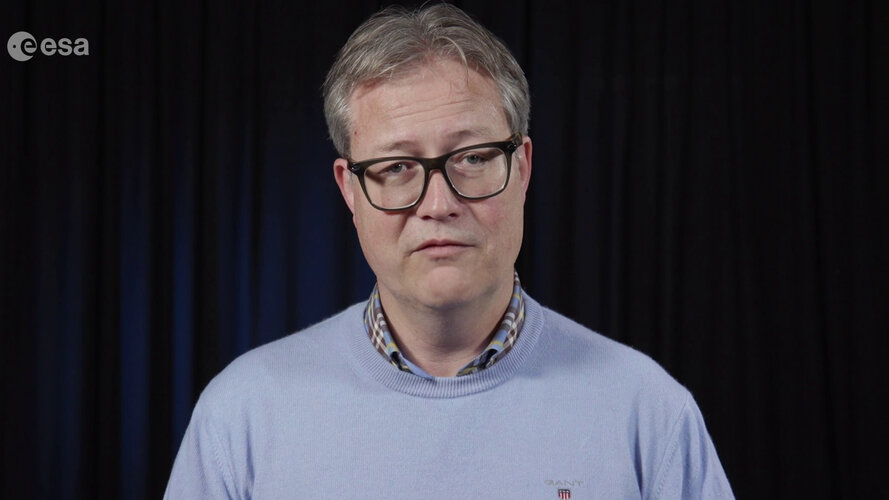 Video:
00:03:08
Video:
00:03:08
Henk Hoekstra, professor of observational cosmology at Leiden University, the Netherlands, shares his professional trajectory linked to weak gravitational lensing, a technique used by ESA’s Euclid mission.
Henk explains how Euclid will reveal the dark side of the Universe. He uses enlightening examples involving a swimming pool and other terrestrial objects. Listen to Henk Hoekstra to understand how Euclid can make the invisible visible.
Space Team Europe is an ESA space community engagement initiative to gather European space actors under the same umbrella sharing values of leadership, autonomy, and responsibility.
How we made Spacelab
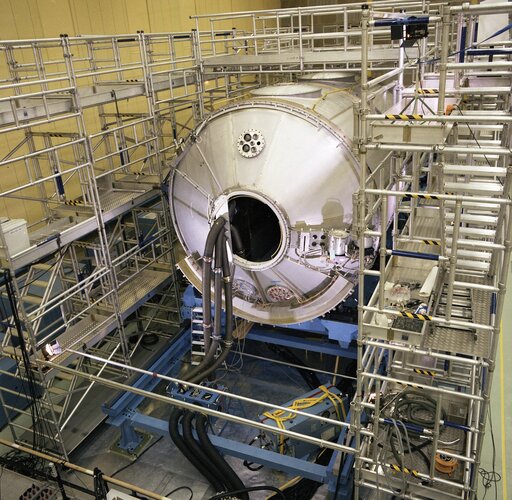
On 28 November 1983 European human spaceflight took a giant leap forward. Not only did German Ulf Merbold become the first ESA astronaut in space, but along with him travelled the European-made Spacelab. Carried in the Space Shuttle’s cargo bay, Spacelab converted the Shuttle into a highly productive orbital laboratory.
Spacelab to Gateway: 40 years of modules for people in space
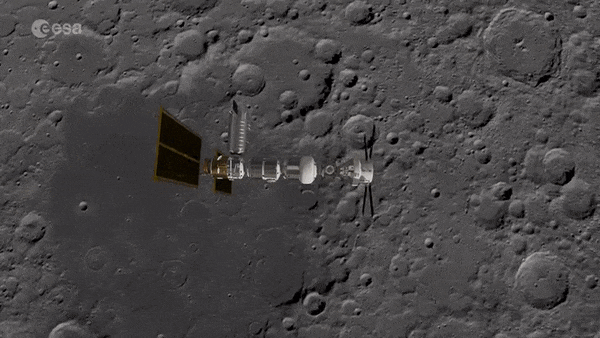
ESA’s first human spaceflight mission lifted off 40 years ago today. Accompanied by the first ESA astronaut, Ulf Merbold, the Spacelab module took flight inside the Space Shuttle’s cargo bay, turning NASA’s ‘space truck’ into a mini-space station for scientific research. Europe continues to be highly active in the crewed module business to this day.
PUNCH mission advances toward 2025 launch
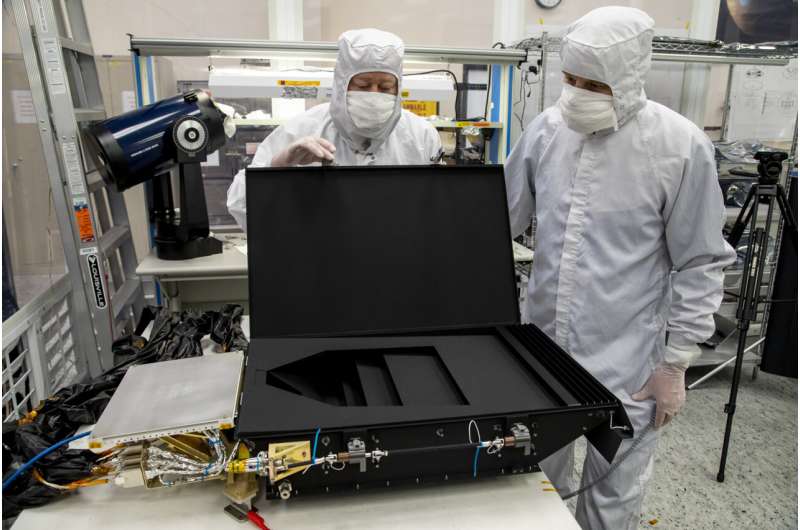
NASA feels a 'sense of urgency' to get to Mars: Idaho scientists could help us get there
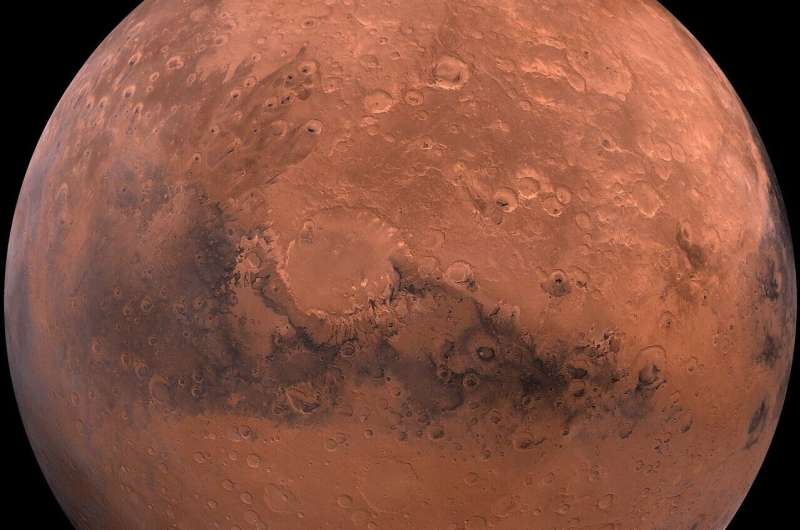
China has repeatedly stunned the U.S. intelligence community in the last five years with rapid progress in its space exploration program, landing a rover on the far side of the moon and completing its very own space station orbiting Earth.
Their advances have established that a new space race is on between Washington and Beijing—this time with the ultimate goal of sending a crewed mission to Mars, each vying to be the first to land humans on another planet.
America's success may come down to a team of scientists based out of Idaho Falls.
Engineers at the Energy Department's Idaho National Laboratory are leading a nationwide team of scientists to enhance the capabilities of nuclear thermal propulsion, a technology that NASA hopes will cut the travel time to Mars by half.
It is an ambitious project that could transform the future of human space travel.
"What NASA ultimately is looking for is a nuclear thermal solution to get to Mars," Sebastian Corbisiero, senior technical advisor for advanced concepts at the Idaho National Laboratory, told McClatchy in an interview.
Space Team Europe for Euclid: Jean-Charles Cuillandre
 Video:
00:07:54
Video:
00:07:54
Focus on Euclid with Jean-Charles Cuillandre: “What we see in the first Euclid images is a promise of what will come in the future.”
Jean-Charles Cuillandre, astronomer at CEA Paris-Saclay, explains that he was “blown away” when he saw the first full-colour images captured by ESA’s recently launched Euclid space telescope.
Being a specialist of wide-field imaging, Jean-Charles was not only involved in the programme committee that selected the celestial targets for the ESA Euclid’s ‘Early Release Observations’, but he was also in charge of processing the data both for their scientific and their outreach value.
Jean-Charles expected the resulting

